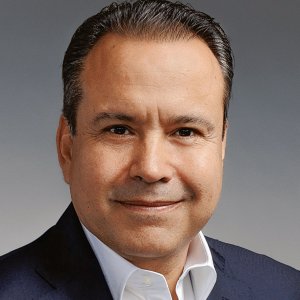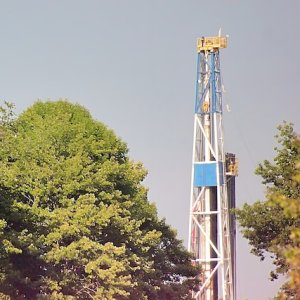Water Management to Increase Quality of Life

STORY INLINE POST
In March 2011, Former President Felipe Calderón inaugurated the sewage pumping plant of La Caldera, located in the eastern part of Mexico City. With a capacity of 40m3 per second, it is part of the authorities’ efforts to lower the flood risk on the La Compañía canal. The surrounding municipalities are densely populated, with over 1.1 million inhabitants who year after year face the risk of losing all their possessions during bouts of heavy flooding. A year later, El Caracol, another sewage pumping plant that is part of the Túnel Emisor Oriente, was also inaugurated. It sends residual water to the first stage of the tunnel, which will be completed in 2016. La Caldera and El Caracol are both part of the government’s commitment to improving Mexico City’s sewage system. “We worked together with contractors and the government in the construction of these two big pumping stations for sewage systems,” says Gerson Padrón, Director General of KSB de México. “This kind of technology is also being used in other large cities, such as London.”
KSB, which was founded in 1955, originally came to Mexico to produce submersible pumps for groundwater extraction. After 15 years, KSB developed a variety of brands and models, obtaining a larger market share in the oil, energy and industrial sectors, aside from the water sector. The company then diversified and began manufacturing pumps for environmental activities, such as sewage and soil transport. Padrón explains that the company is currently only producing submersible water pumps, which it began manufacturing 57 years ago, and horizontal pumps for the industrial market. Confident of the opportunities that exist in Mexico for these products, he has set an ambitious goal for KSB in the country: grow 250% by 2018. “It is not an unreasonable goal when you look at the growth potential in the market that has come as a result of new projects being developed by the federal government, as well as the future plans of CFE, PEMEX and CONAGUA, which have to be developed by 2018,” says Padrón. “We know our competition and their weaknesses, as well as our own. But we also know what our strengths are, and how we can use them to acquire a bigger share of the market.”
The pumps and valves market in Mexico is very fragmented, Padrón observes, so KSB’s strategy is based on becoming a leading competitor in each of those small fragments. It will also on its experience and reputation as a big company with an established brand not only in Mexico but around the world, too. Service plays a big role in that strategy: for KSB, it is not just about selling valves and pumps, the company seeks to sell systems, solutions and services, too. The goal is to be recognized as a provider, by adding unique value to the products and making KSB the most attractive option for existing and potential customers. “We want to build a reputation for being reliable and for offering excellent service, high quality spare parts and complete solutions,” Padrón states. In order to guarantee quality KSB uses three different standardization systems, which govern quality management as well as health and safety: ISO 9001, ISO 14001 and OHSAS 18001. These standards are in place in all of KSB’s manufacturing facilities, while the company makes additional investments in machinery, equipment and other resources on a regular basis, with the aim of guaranteeing the quality of its products. Padrón explains that KSB is always looking for ways to improve profitability and efficiency, by investing in more technologically advanced systems that allow higher quality production processes.
Padrón emphasizes the importance to the company of being socially responsible. “We use our pumps to provide access to drinking water, and we also process wastewater in order to keep the country and our cities clean. We are investing in green projects around the world, and although Mexico does not have a large number of these types of projects, we want to be a part of those that do exist,” he says. As KSB’s commitment to Mexico becomes more consolidated, Padrón expects the company’s business model to revolve principally around water and wastewater, but in the future the plan is also to venture further into the mining and oil and gas sectors. Padrón is also looking to seize on the increasing opportunities that Mexico’s growth is creating in North America. “The idea is to create synergy between Mexico, Canada and the US and, on the Mexican end, to become a competitive producer and manufacturer for the NAFTA and Caribbean markets. We are in the process of establishing which products could be manufactured in Mexico,” he concludes.






















